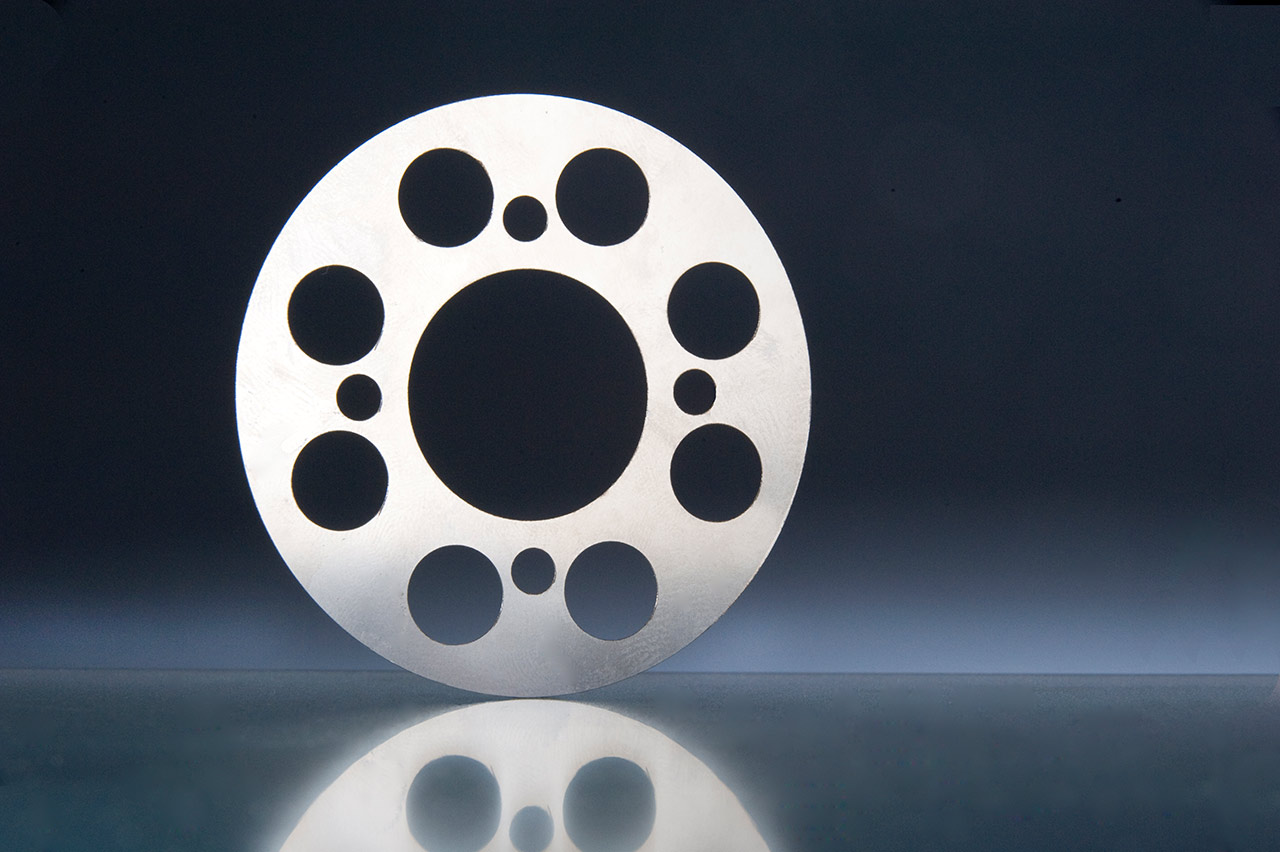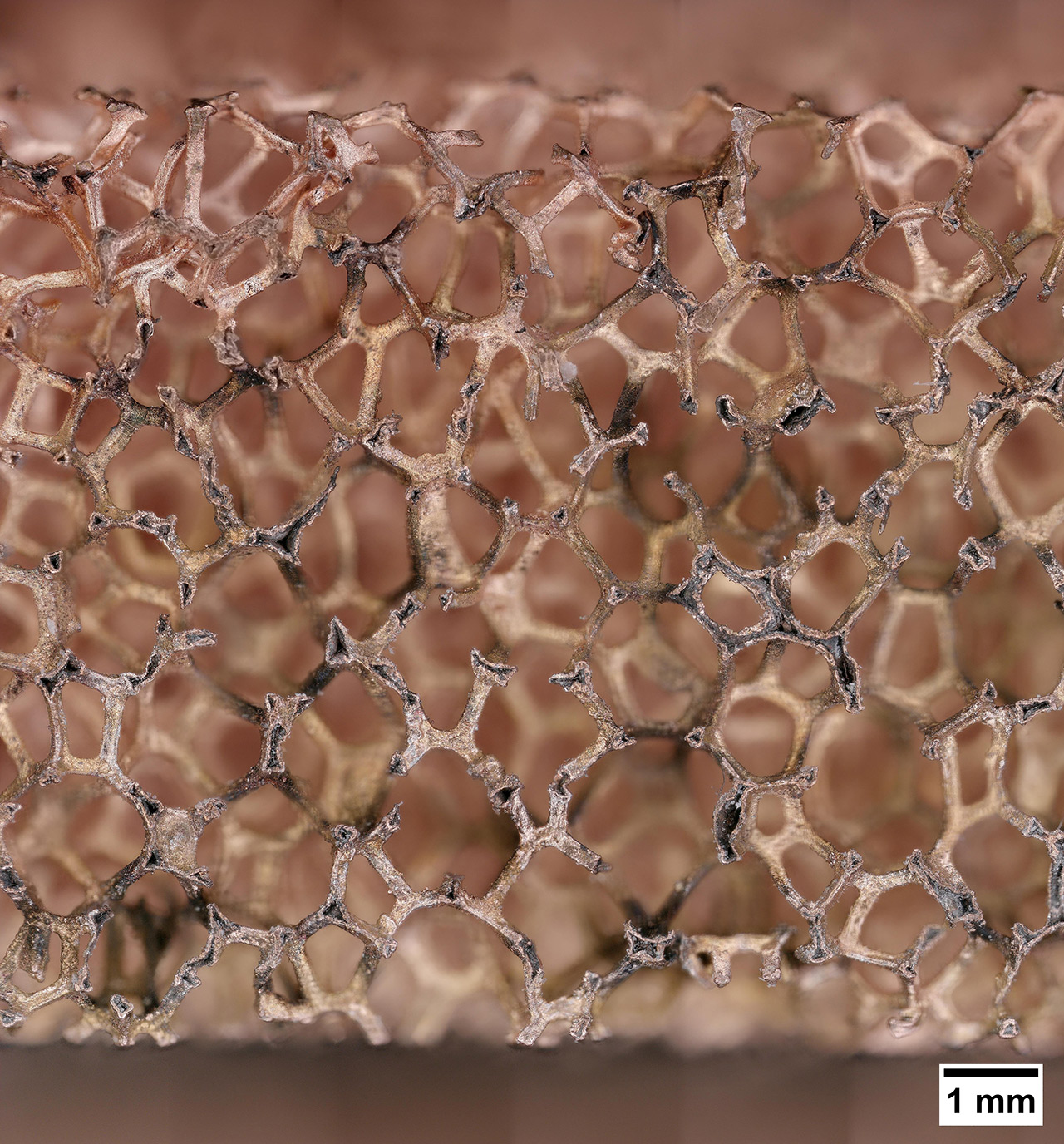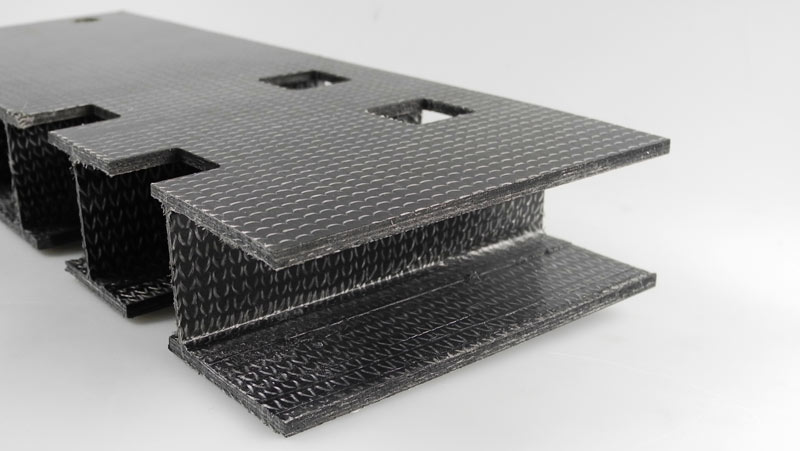Laser Fusion Cutting of Metals
Video: Melt exit of a laser fusion cutting process. © Fraunhofer IWS
Laser fusion cutting is suitable for almost all metals and is based on local heating above melting temperature and expulsion of the liquid material with a directed gas jet. The cutability and resulting performance is determined by the absorptivity of the laser wavelength used thermal conductivity, melting temperature and enthalpy of fusion. Due to a high gas pressure the cut edge has a characteristic groove pattern and a small heat-affected zone. The inert gas minimizes oxide formation in the area of the cut edge. Material thicknesses of up to 60 mm can be cut using this process variant, depending on the material and laser power.
Our Research Activity on Optimizing Laser Fusion Cutting Focuses on, e.g:
- Increase of the effective cutting speed in the thin sheet area by process optimization and system technical developments
- Increase of the quality while maintaining the cutting quality in the thick sheet range among other things by the use of dynamic beam oscillation (dynamic beam shaping)
- Further development of process sensor technology
- New gas concepts for cutting speeds above 150 m/min (longitudinal cutting)
 Fraunhofer Institute for Material and Beam Technology IWS
Fraunhofer Institute for Material and Beam Technology IWS


